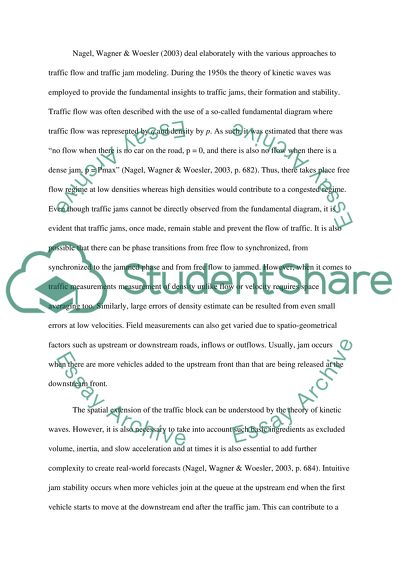Cite this document
(“Overcrowded roads in California: Transportation Research Paper”, n.d.)
Retrieved from https://studentshare.org/family-consumer-science/1418523-overcrowded-roads-in-california-transportation
Retrieved from https://studentshare.org/family-consumer-science/1418523-overcrowded-roads-in-california-transportation
(Overcrowded Roads in California: Transportation Research Paper)
https://studentshare.org/family-consumer-science/1418523-overcrowded-roads-in-california-transportation.
https://studentshare.org/family-consumer-science/1418523-overcrowded-roads-in-california-transportation.
“Overcrowded Roads in California: Transportation Research Paper”, n.d. https://studentshare.org/family-consumer-science/1418523-overcrowded-roads-in-california-transportation.


